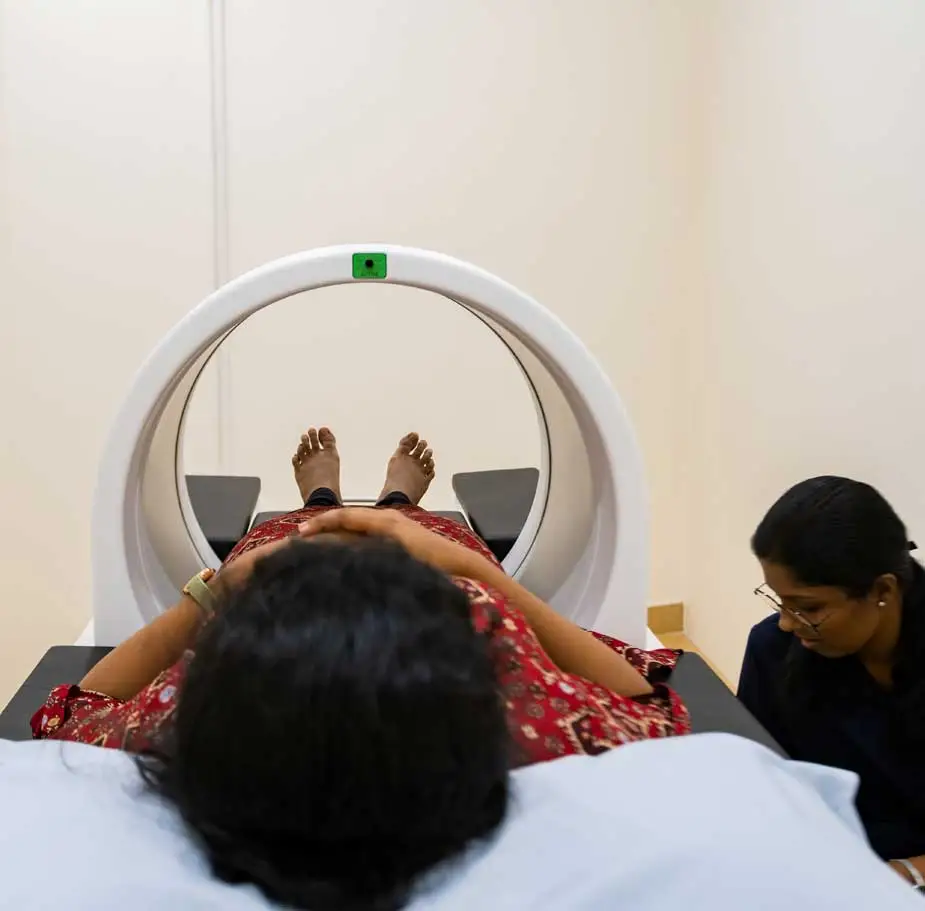Knee Osteoarthritis (Knee Pain)
Symptoms
Symptoms of osteoarthritis of the knee may include:
Pain
Stiffness
Tenderness
Loss of flexibility
Crepitus on moving the joint
Bone spurs
Swelling
Irregular and enlarged looking joint due to the formation of osteophytes
Limitation of joint
Wasting of quadriceps muscles
Deformity
Causes
The causes of osteoarthritis of the knee may include:
Diagnosis
Radiological examination using X-ray or MRI – Narrowing of joint space, Osteophyte formation, Loose bodies, Cysts, Deformities.
Treatments
Strengthening the muscles around your knee will make it more flexible. Your doctor may recommend physical therapy or different types of strengthening exercises based on the specific condition that is causing your knee pain.
Exercises are important to improve your joint flexibility and balance. In some cases, your doctor may suggest steroid injection. If you have an injury, that may require surgery, it’s usually not necessary to have the surgery immediately. Before making a decision, consider the pros and cons of both nonsurgical and surgical reconstruction.
Patient education is very important to avoid weight bearing on affected side to prevent further swelling and complication. Elevation of the limb, crepe bandaging and icing can be applied to reduce the swelling. IFT, TENS, Cryotherapy and PCRT are the electrical modalities used for pain management.
Our Arthritis Wellness & Rehabilitation Program incorporates an advanced modality called Pulsed Cell Repair Therapy (PCRT). PCRT directs a series of electromagnetic impulses through injured tissue. Each pulse induces a tiny electrical signal that stimulates cellular repair and harnesses the body’s own ability to heal itself. This natural signal promotes the body to repair damaged or worn tissues/cartilages and to maintain healthy and proper functioning of the joint.
Sometimes, because of aging, injury or disease, signals that are naturally produced by the body is disturbed. When this occurs, the body is unable to repair the damage itself. This results in pain, inflammation, and loss of proper function in the joint. PCRT is unique in that it mimics the body’s natural signal, activating the normal healing process and stimulates the growth and repair of the damaged tissue.
The treatment session is typically 9 to 12 days, first 9 days should be continuous without interval. Because of the regenerative process, patient is advised for rest without any vigorous movements in the joint. If the patient is in pain, we will manage with other electrical modalities and then start with PCRT. After the PCRT sessions, we begin with our muscle strengthening exercises and lifestyle modifications, approximately 3 to 4 weeks after completing the PCRT sessions, which helps the patient become functionally independent.

